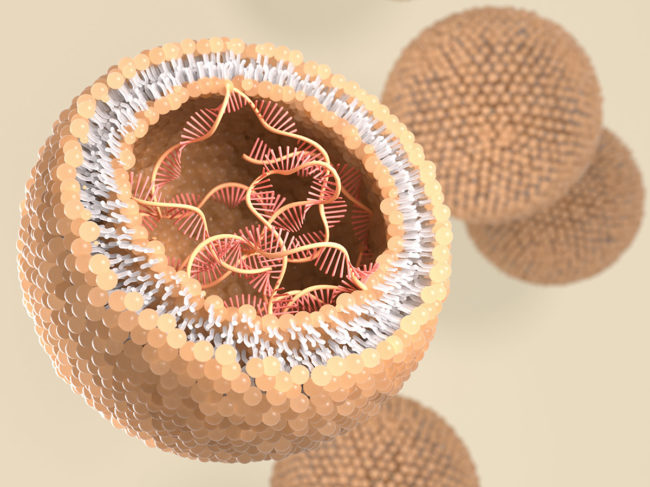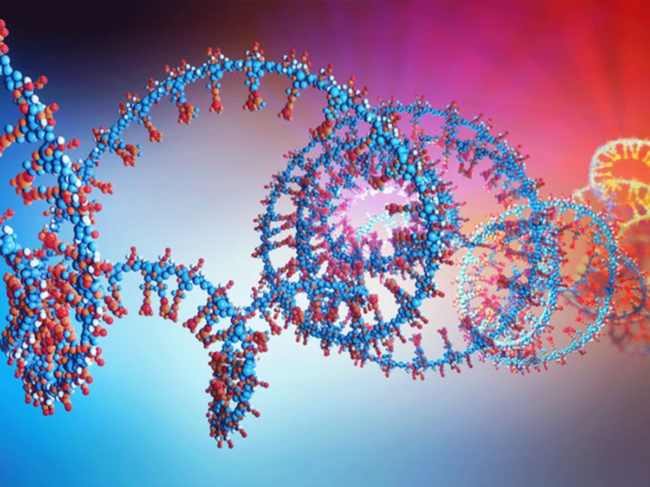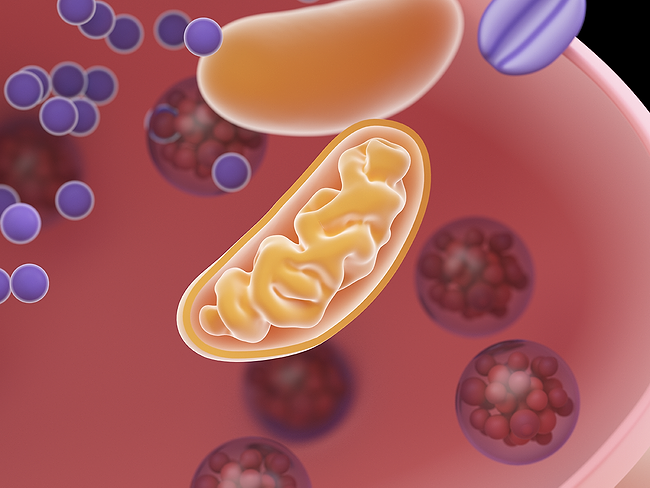
RNA
Drug Design, Drug Delivery & Technologies
Deep Genomics announces AI foundation model for RNA
Read MoreNeurology/Psychiatric
Reduced RNA editing reveals mitochondrial dysfunction in schizophrenia
Read MoreNeurology/Psychiatric
Blocking nuclear export of ALS/FTD troublemaker helps neurons survive
Read MoreDrug Design, Drug Delivery & Technologies
Cas12a2 elicits abortive infection and can be repurposed as an RNA-guided RNA-targeting tool
Read MoreDrug Design, Drug Delivery & Technologies





